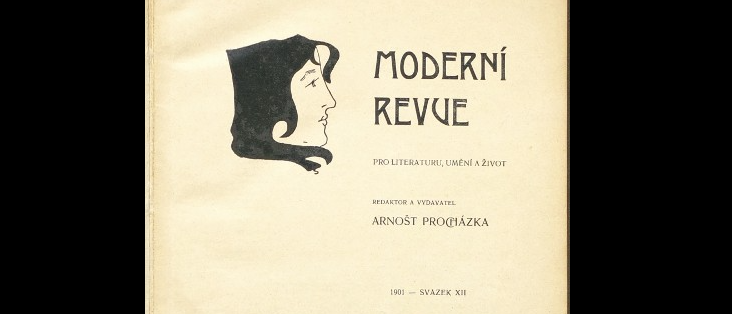The once egalitarian, agrarian society of Bohemia became ruled by the Hapsburg Dynasty, causing a regression in women’s rights until Christianity helped improve their lives. The National Revival brought the creation of Czechoslovakia and greater rights for women. When communism came, rights improved in some ways and did not in others. The change to a capitalistic democracy brought further changes.
Czech Cubism (Cubo-Expressionism)
The term Cubo-Expressionism was coined in the early 1970s to describe Czech avant-garde art in the 20th century, when elements of Cubism and Expressionism were combined. It was a revolt from earlier art forms with spiritual elements. Czech Cubism, as Cubo-Expressionism is also called, was applied to just more than art pieces, including furniture, objects, architecture, etc. One of the most famous Cubo-Expressionists is Pavel Janák, a Czech architect, designer, planner, professor, and theoretician.
Rudolf II: The Intellectual yet Disastrous Emperor
Rudolf II desired to unify Christendom in the Empire and tried to take a tolerant stance on religious issues. Though he was an ineffectual ruler, he had a love for academics that helped spur the Scientific Revolution. He was known as “the greatest art patron in the world,” and philosophers, painters, alchemists, astronomers, architects, and mathematicians came to Prague to work under his patronage.
Jaroslava Brychtova (18 July 1924 – 8 April 2020)
Jaroslava Brychtová and Stanislav Libenský’s partnership of almost 50 years birthed some of the defining sculptural and architectural installations of the 20th century. They used their art as a form of political resistance and were inspired by early 20th-century Czech Cubism and metaphysical philosophy to work with abstraction.
Landscapes of Czech Painters: Slavíček and Zrzavý
Antonín Slavíček was an impressionist painter who kickstarted the Czech modern art movement. Jan Zrzavý, a painter whose work was defined in terms of neoclassicism and magic realism, also kickstarted the Czech modern art movement. Both artists painted landscapes in ways that captured both the past and the imagination of the Czechoslovakian nation.
Impacting the Arts
There are several Czech artists who have and continue to influence the world, and four of them are highlighted in this article. These artists are Jiri Trnka, Anna Daucikova, Libuse Jarcovjakova, and Yemi AD. From film to painting, glassblowing to photograph, and performance to dance, these artists present a variety of expressions that have influenced the world.
Kamil Kubik: Impressions
Kamil Kubik grew into an internationally recognized artist from a rough beginning to his life, having to escape his home in 1948 due to radical political changes. He's most famous for his cityscape paintings, including paintings of Central Park, Prague, London, and the White House, along with a scenic painting from nearly every state in the United States. He became the official artist for the White House.
Jiří Karásek: Czech Decadence Writer (1871-1951)
Jiří Karásek ze Lvovic was a unique individual, whose name is even somewhat unique. He was fascinated with death as a child and the occult as an adult. He wrote poetry and critique, collected art and co-founded a magazine, the Moderni Revue. When homosexuality was illegal in Czechoslovakia, he was openly gay and was an activist in the LGBT community of the time.
Emperor Rudolf II: Prague's Patron of Arts and Science
Rudolf II, leader of the Holy Roman Empire, ruled from 1575-1612. His reign as emperor was nontraditional and he was well known for his patronage of arts and science. Under his rule, alchemists were protected and allowed to experiment and learn, making Prague one of the cultural centers of this scientific discipline. His rule also allowed artists from all over Europe to thrive and flourish, which artists noticed and greatly appreciated.
The Dancing House of Prague
The Slavic Circle
The circle is one of the most widespread and universal symbols. It commonly represents unity, wholeness, and infinity. In Slavic culture, it is especially important, often associated with the Sun, protection, and rebirth. Perhaps some of the most preserved examples of this symbol are the Slavic circle dances: kolo and khorovod.












